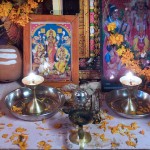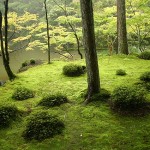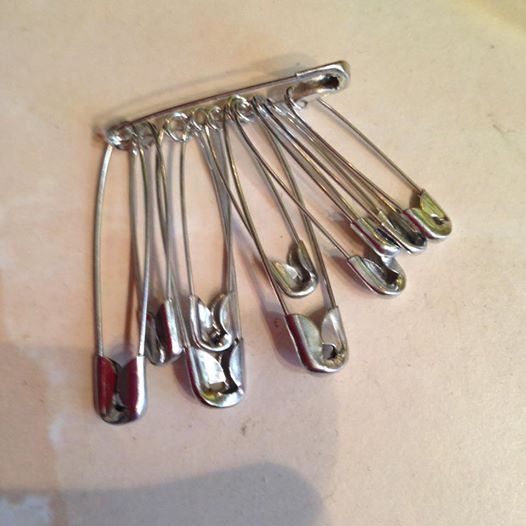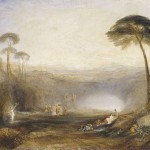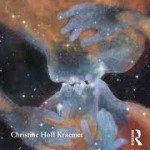The Order of Bards, Ovates and Druids suggest building a meditation hut. The idea of the hut is to have a secluded place in Nature, where simplicity and quiet are available.
The actual process of building the hut could be a mindful and meditative process, using recycled and sustainable materials. The Order’s founder, Ross Nichols, got the idea of his hut from the poem The Lake Isle of Innisfree by William Butler Yeats.
I will arise and go now, and go to Innisfree,
And a small cabin build there, of clay and wattles made;
Nine bean rows will I have there, a hive for the honeybee,
And live alone in the bee-loud glade.And I shall have some peace there, for peace comes dropping slow,
Dropping from the veils of the morning to where the cricket sings;
There midnight’s all a-glimmer, and noon a purple glow,
And evening full of the linnet’s wings.I will arise and go now, for always night and day
I hear lake water lapping with low sounds by the shore;
While I stand on the roadway, or on the pavements gray,
I hear it in the deep heart’s core.
Yeats was inspired to write the poem by Henry David Thoreau’s account of how he retired to a hut beside Walden Pond, there to contemplate the wilderness, be self-sufficient and find himself.
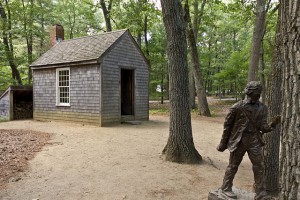
Ross Nichols suggests that one of the benefits of living in a hut is that there are fewer distractions there; no electricity, no running water, only yourself and the wilderness (or your garden) for company. It was important to Nichols that the hut should be a semi-permanent structure, so it felt safe and secluded.
This post was originally published at UK Spirituality.

